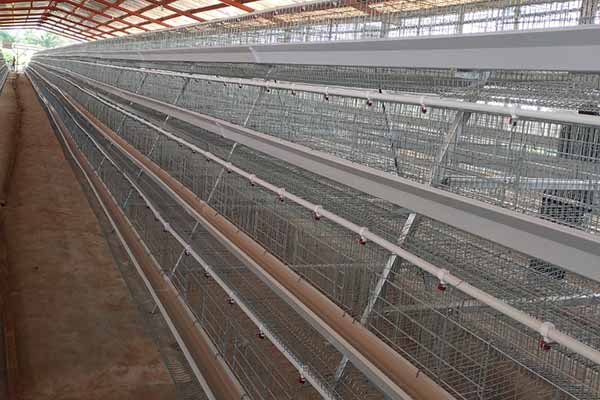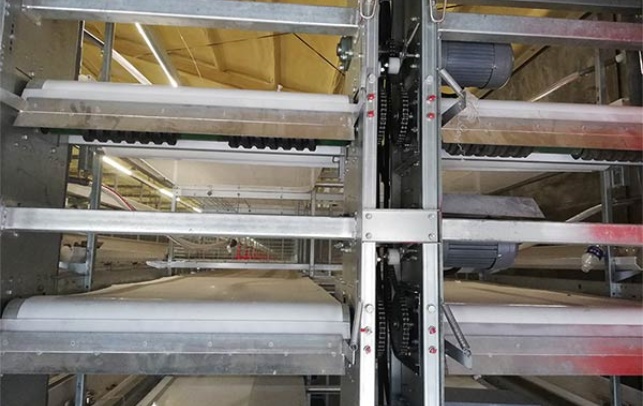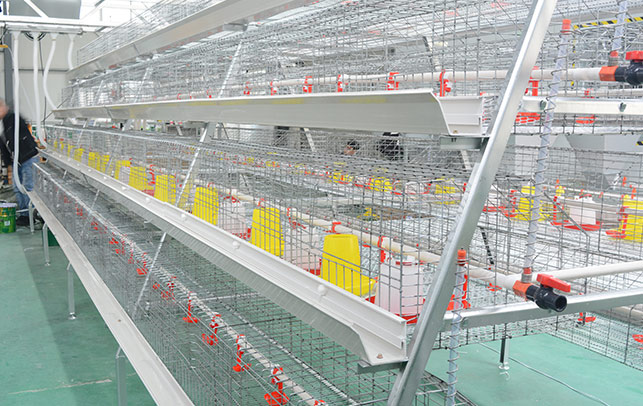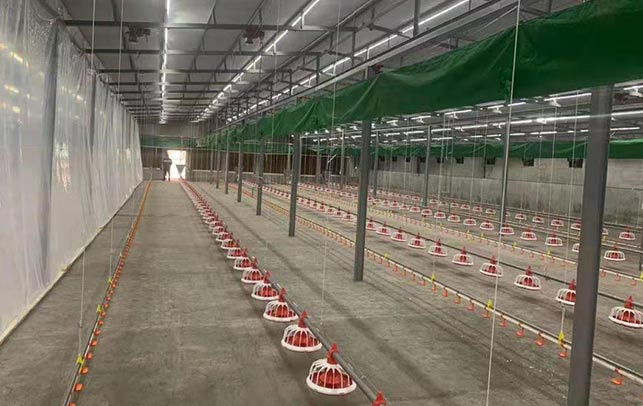Poultry Farming in Kenya 2022: Trends, Challenges, and Opportunities
Time : 2025-05-14
As we dive into 2022, the poultry farming industry in Kenya is experiencing a dynamic phase, with several trends, challenges, and opportunities shaping its future. In this article, we’ll take a closer look at what’s happening in the Kenyan poultry industry, providing insights into the latest developments and offering practical advice for those involved or interested in this sector.
Trends in Poultry Farming in Kenya 2022
One of the most significant trends in poultry farming in Kenya this year is the growing focus on sustainable and organic farming practices. With increasing consumer awareness of health and environmental concerns, more farmers are turning to organic methods to ensure their products meet the highest standards.
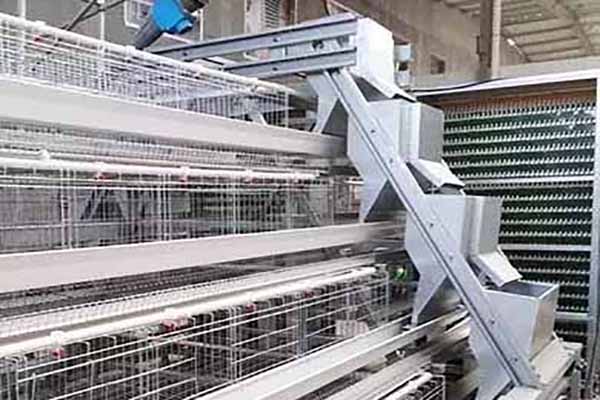
Another trend is the rise of commercial poultry farming. As the middle class in Kenya continues to expand, there’s a growing demand for high-quality poultry products. This has led to a surge in commercial poultry operations, with many farmers looking to scale up their businesses.
Technological Advancements
Technology has also played a crucial role in the development of poultry farming in Kenya. The adoption of advanced breeding techniques, automation, and precision farming is helping farmers to improve productivity and reduce costs. For example, automated feeding systems and climate-controlled sheds are becoming more common, allowing farmers to manage their flocks more efficiently.
Challenges Facing Poultry Farmers in Kenya
Despite the growing trends, poultry farmers in Kenya face several challenges that threaten their operations. One of the biggest challenges is the high cost of feed, which is often the largest expense for farmers. The fluctuating prices of key feed ingredients like maize and soybean have made it difficult for farmers to maintain profitability.
Health management is another significant challenge. Poultry diseases such as avian influenza and Newcastle disease can decimate flocks, leading to substantial financial losses. Ensuring that birds are vaccinated and monitored regularly is crucial, but it also requires significant investment in resources and expertise.
Market Access and Competition
Access to markets is another challenge for poultry farmers in Kenya. The competition from imported poultry products, particularly from neighboring countries, can be intense. Ensuring that local poultry products meet international standards and can compete on quality and price is essential for the survival of Kenyan poultry farmers.
Opportunities in the Kenyan Poultry Industry
Despite the challenges, there are significant opportunities in the Kenyan poultry industry. The increasing demand for poultry products, coupled with the potential for government support and investment, presents a promising outlook for the future.
One opportunity is the potential for value-added products. By processing and packaging poultry products, farmers can increase their revenue and provide consumers with a wider range of options. Another opportunity is the export market. Kenya has the potential to become a significant exporter of poultry products to the East African Community and beyond.
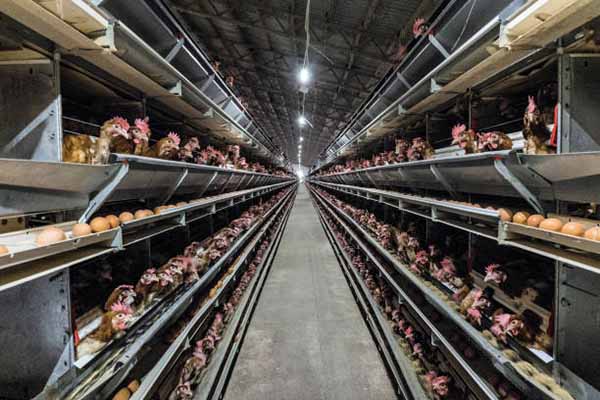
Practical Tips for Poultry Farmers
For those looking to get involved in poultry farming or improve their existing operations, here are some practical tips:
- Research and Plan: Conduct thorough research on the market, competition, and the resources required to start a poultry farming business.
- Invest in Quality Feed: Use high-quality feed that meets the nutritional requirements of your birds to ensure healthy and productive flocks.
- Implement Biosecurity Measures: Establish and maintain strict biosecurity protocols to prevent the spread of diseases.
- Stay Informed: Keep up-to-date with the latest trends, research, and developments in the poultry industry.
Conclusion
The poultry farming industry in Kenya is poised for significant growth in 2022 and beyond. While challenges remain, the opportunities for those who are willing to innovate and adapt are substantial. By embracing sustainable practices, leveraging technology, and staying informed, poultry farmers can navigate the complexities of the market and build a successful and sustainable business.
